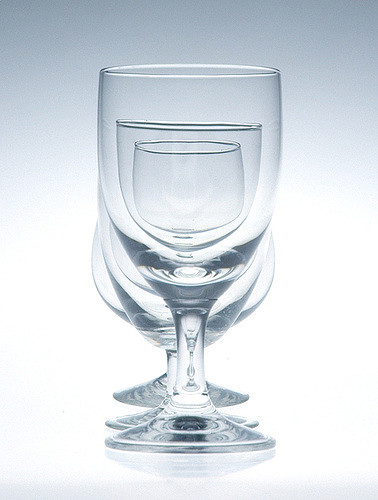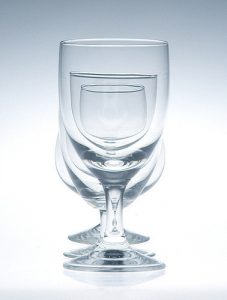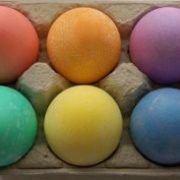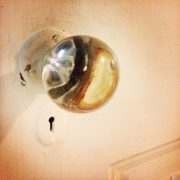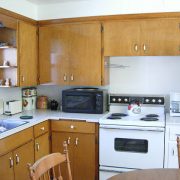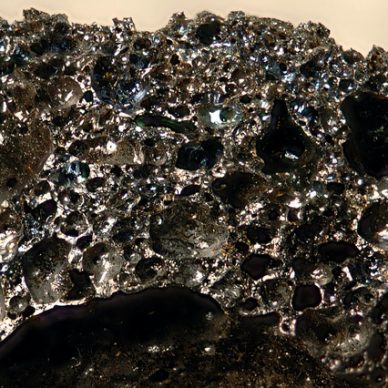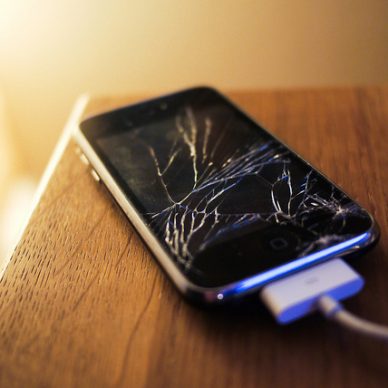Why is glass transparent?
Glass is one of the most common materials manufactured today. We use it (or can use it) in just about everything. It has a lot of special qualities that make it exceptionally useful, but why is glass transparent?
Glass has a lot of things going for it. First, it’s made from common materials. Sand, limestone, silica and oxygen are all abundant in just about every place on earth. It’s infinitely recyclable. Glass can be melted down and reshaped over and over again, with virtually no loss in the original quantity or quality of the finished product.
Glass is inert. It doesn’t react with most elements or chemical compositions, so it doesn’t deteriorate. It also doesn’t take on or release contaminants. That makes it ideal for everything from food packaging and preparation to scientific research. It’s also electrically non-conductive, so it can be used as an electrical insulator.
Glass has an unusual physical state. It’s not exactly a liquid and not exactly a solid at room temperature. We’ve given it a special designation – an amorphous solid. Glass is created as a liquid and as it cools, the molecules slow down, but they don’t quite ever reach a full stop, which is what solids tend to do at room temperature. The molecules organize in a very orderly crystalline structure.
That crystalline structure is what we use to define the “solid” state. It also explains why glass is transparent. In a solid, the molecules are tightly packed together. Their density and rigid organization absorb light energy, and don’t allow it to pass through the object.
Glass, on the other hand, doesn’t have that same rigid molecular structure. It’s molecules are randomly organized, and from the molecular perspective, they’re still moving around – albeit very slowly. Because the molecules aren’t organized neatly, light energy (photons) can pass right through glass because there’s nothing there to absorb them.
A single atom can absorb a few light frequencies. Molecules, which are collections of atoms, can absorb many more frequencies, including light frequencies. Crystalline structures (solid objects) can absorb entire ranges of frequencies. Glass can absorb light at the atomic level, and at the molecular level, but the frequencies it can absorb are outside of the visible light spectrum. Because glass isn’t a conventional solid, it can’t absorb entire light frequency ranges, so visible light passes through glass, making it appear transparent to us.
Glassprimer™ glass paint is a specialized glass coating that bonds permanently to glass surfaces. GlassPrimer also makes a glass surface molecular activator that is designed to work with UV-inkjet glass printing processes. Glassprimer™ glass paint can be used in both interior and exterior applications and can help reduce solar heat gain in some applications. For more information about Glassprimer™ glass paint, please visit the rest of our site. If you’d like to purchase Glassprimer™ glass paint, please visit our online store .
Photo Credit: Tanti Ruwanti, via Flickr.com

